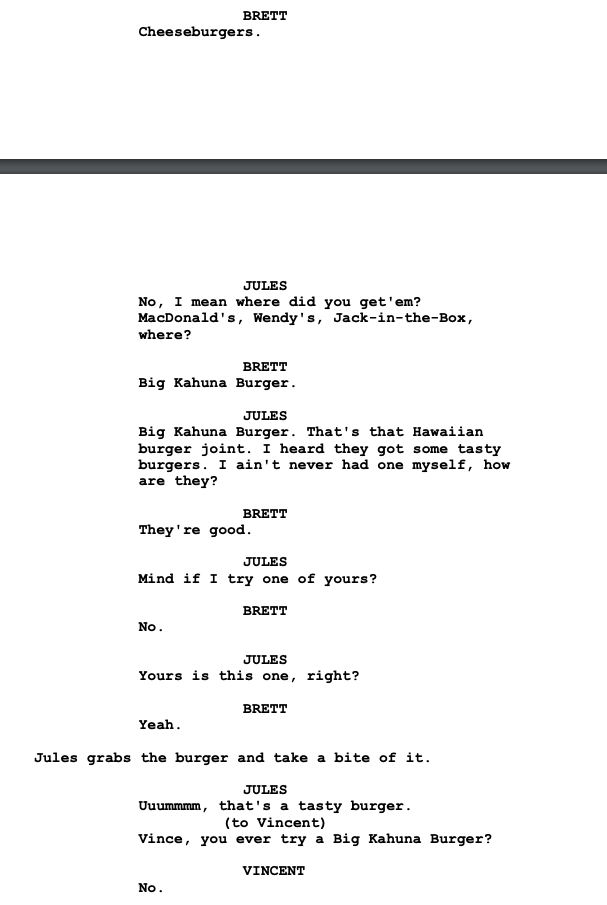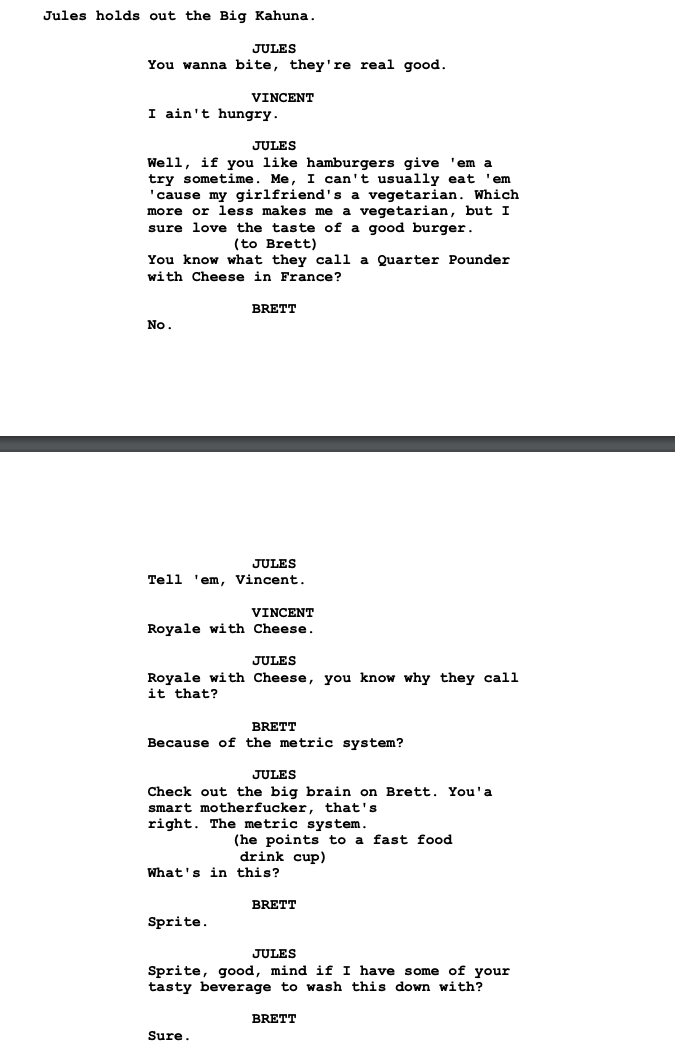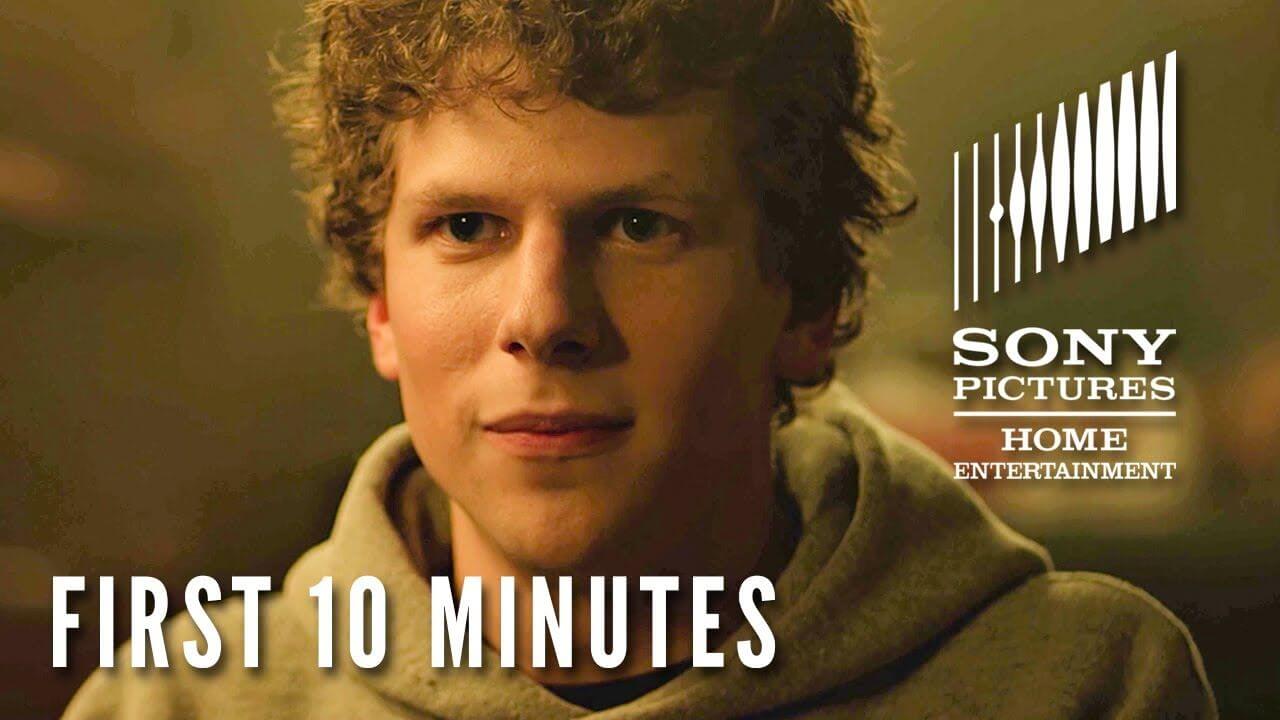By Khadija Roane of The Professional Pen
So, what’s the big deal about dialogue, and why is it so important?
I’m sure you’ve heard writers talk about dialogue that is too “on the nose” and the importance of having “sharp and tight” dialogue. But what does all of that even mean? If you have been wanting to learn more about writing effective dialogue, then this article is for you. We’re going to break down the definition of dialogue, its importance, and some easy tips that will jumpstart you into writing powerful and dynamic dialogue. So, let’s start with the basics.
WHAT IS DIALOGUE?
Dialogue can be best described as any spoken word. It's the conversational exchange between two or more people. Dialogue can be specific to different regions or cultures like slang and dialects. It can even include jargon for specific groups and industries. Dialogue can be formal or informal, serious, or playful. Effective dialogue is used to advance the plot or provide information about the world and the characters which ultimately pushes the story forward.
Writers can use dialogue to reveal the overall tone of the piece. For example, dialogue in a comedic script might move at a quicker pace and have lots of set ups for jokes, while the dramatic script might use more foreshadowing in the dialogue to set up the suspense.
No one wants to hear characters endlessly chatter on and on with no real point. That can get real boring, real quick, and you may lose your audience because the pace slows down when we hear a character relaying information that does not advance the plot. Though dialogue can be quite interesting, it can still lead nowhere. To avoid this common mistake, be sure that the driving force behind the dialogue always reveals new information.
Now, let’s look at some examples.
PULP FICTION
Quentin Tarantino is known for having superb dialogue in his films. Because every word has a purpose, not a syllable of dialogue is wasted leaving room for his dialogue to be riddled with provocative subtext and foreshadowing. If you want to study the dialogue between characters who are slick and cool that slowly build tension through their vigorous bouts of verbal sparring, then study Pulp Fiction.
In this scene, Jules and Vincent have come to confront a group of college-aged boys after they fail to pay their debts, but they keep things light as a way to toy with their victims before things become more sinister. Notice how the dialogue feels natural, and each character has their own distinct voice. Take note of how Tarantino keeps the dialogue light and fun even given the dire stakes of the situation, creating contrast and humor without piling on the jokes.


THE SOCIAL NETWORK
Aaron Sorkin is known for his rapid-fire dialogue. The character’s are not just speaking quickly; it is a blend of fast-paced lines that speedily provide exposition, forcing the viewer or reader to pay attention and take in information. If you want to learn how to master rapid-fire dialogue, Aaron Sorkin is your guy. Click here or the image below to study the dialogue from the opening scene of The Social Network.
Notice the quick pace in not just the speed in which the actor is talking, but the flow of the dialogue and how it is the witty nature of the dialogue that provokes the speed and makes this scene so dynamic. In this scene, Mark Zuckerburg is on a date, but he quickly verbally overpowers his date, Erica, with his constant changing of topic and snarky remarks lead to the abrupt ending of the date.
Writing effective dialogue takes practice. Try the following tips and tricks to help you on your writing journey.
3 EASY TIPS TO WRITE EFFECTIVE DIALOGUE
- Write dialogue that is true to your character’s voice. Art imitates life. Your characters should sound like real people. Keep in mind that who they are (education, socioeconomic status) and who they are speaking to (friend, parent, spouse, child, colleague, boss) play a major role in how they speak. Also be mindful that many people do not speak in complete sentences and most people use contractions. Punctuation must also feel natural. All of these aspects help to make each character’s voice unique.
- The dialogue should advance the plot and serve a purpose. Every detail of a screenplay matters. Characters should be intentional with their words and the dialogue should always push the story forward. Remember to show, don't tell. If we don’t see it in action or hear it in dialogue, we don’t receive the information. Also, because screenwriting is a visual medium, in most cases it is more entertaining to see a moment than to hear about it in hindsight, especially if it is a moment that helps/hurts the character from reaching their goal. Want to learn more about Show Don’t Tell? Then check out video WTF Does Show Don't Tell Mean Workbook.
- Write realistic dialogue that sounds natural through subtext. Study how people talk and how they form their sentences. This will aid in making sure that the dialogue comes off as natural and realistic. Avoid dialogue that is too on the nose. This means that character’s are saying exactly what they’re thinking leaving no room for tension. Think about how your characters can say one thing but mean another or not say anything at all and show their thoughts through action, similar to how we interact in the real world.
Want to learn more about dialogue? Be sure to check out Story Elements series where The Professional Pen CEO and Head Consultant Shannan Johnson teaches the foundations of screenwriting in less than 2 minutes.
No matter its purpose, dialogue should be concise. No one wants to hear John the baker go on and on for pages about his grocery list. So if you want to write effective dialogue, keep it sharp, focused, and to the point. If you want feedback on your character’s dialogue, then check out Development Notes service, where The Professional Pen provides detailed page and script notes about all aspects of your script, including dialogue, character, story, and more.
